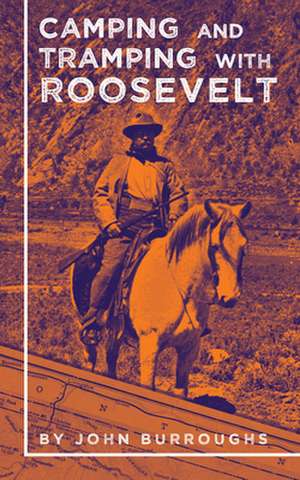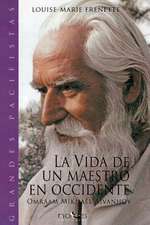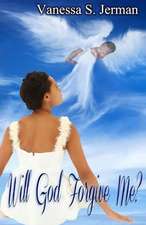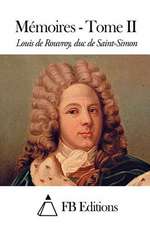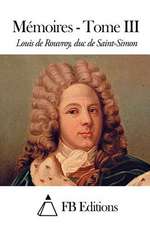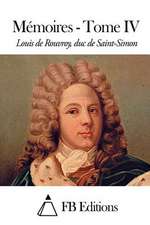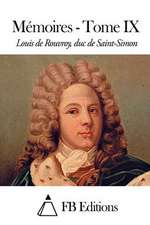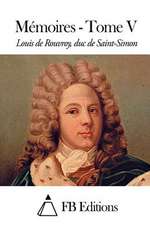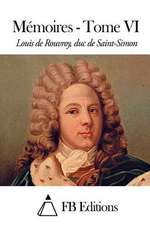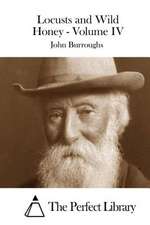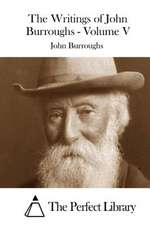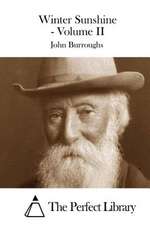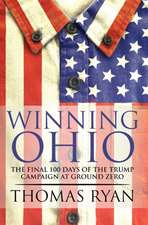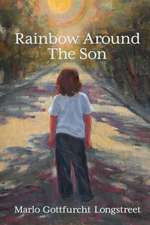Camping and Tramping with Roosevelt
Autor John Burroughsen Limba Engleză Paperback – 31 mai 2012
President Theodore Roosevelt's love of natural history is celebrated in two sketches written by renowned naturalist John Burroughs. The friends shared a two-week trip to Yellowstone in the spring of 1903, in order to observe the wildlife and geologic wonders of America's first national park. The desire was to commune with nature, not to hunt. "I will not fire a gun in the Park; then I shall have no explanations to make," President Roosevelt said. While they had guides, the president was unaccompanied by secret service, personal physician, or secretaries and, remarkably, took an 18-mile trek through hard country completely by himself on one occasion. "He came back as fresh as when he started..."
| Toate formatele și edițiile | Preț | Express |
|---|---|---|
| Paperback (4) | 61.60 lei 6-8 săpt. | |
| CREATESPACE – | 82.75 lei 3-5 săpt. | |
| CREATESPACE – | 90.76 lei 3-5 săpt. | |
| Blurb – 6 dec 2019 | 61.60 lei 6-8 săpt. | |
| Applewood Books – 31 mai 2012 | 116.57 lei 6-8 săpt. |
Preț: 116.57 lei
Nou
Puncte Express: 175
Preț estimativ în valută:
22.33€ • 23.00$ • 18.70£
22.33€ • 23.00$ • 18.70£
Carte tipărită la comandă
Livrare economică 24 februarie-10 martie
Preluare comenzi: 021 569.72.76
Specificații
ISBN-13: 9781429093132
ISBN-10: 1429093137
Pagini: 152
Dimensiuni: 127 x 203 x 9 mm
Greutate: 0.17 kg
Editura: Applewood Books
ISBN-10: 1429093137
Pagini: 152
Dimensiuni: 127 x 203 x 9 mm
Greutate: 0.17 kg
Editura: Applewood Books
Notă biografică
John Burroughs (April 3, 1837 - March 29, 1921) was an American naturalist and nature essayist, active in the U.S. conservation movement. The first of his essay collections was Wake-Robin in 1871.
In the words of his biographer Edward Renehan, Burroughs' special identity was less that of a scientific naturalist than that of "a literary naturalist with a duty to record his own unique perceptions of the natural world." The result was a body of work whose resonance with the tone of its cultural moment explains both its popularity at that time, and its relative obscurity since
Burroughs had his first break as a writer in the summer of 1860 when the Atlantic Monthly, then a fairly new publication, accepted his essay Expression. Editor James Russell Lowell found the essay so similar to Emerson's work that he initially thought Burroughs had plagiarized his longtime acquaintance. Poole's Index and Hill's Rhetoric, both periodical indexes, even credited Emerson as the author of the essay.
In 1864, Burroughs accepted a position as a clerk at the Treasury; he would eventually become a federal bank examiner, continuing in that profession into the 1880s. All the while, he continued to publish essays, and grew interested in the poetry of Walt Whitman. Burroughs met Whitman in Washington, DC in November 1863, and the two became close friends.[8]
Whitman encouraged Burroughs to develop his nature writing as well as his philosophical and literary essays. In 1867, Burroughs published Notes on Walt Whitman as Poet and Person, the first biography and critical work on the poet, which was extensively (and anonymously) revised and edited by Whitman himself before publication.[9] Four years later, the Boston house of Hurd & Houghton published Burroughs's first collection of nature essays, Wake-Robin.
In the words of his biographer Edward Renehan, Burroughs' special identity was less that of a scientific naturalist than that of "a literary naturalist with a duty to record his own unique perceptions of the natural world." The result was a body of work whose resonance with the tone of its cultural moment explains both its popularity at that time, and its relative obscurity since
Burroughs had his first break as a writer in the summer of 1860 when the Atlantic Monthly, then a fairly new publication, accepted his essay Expression. Editor James Russell Lowell found the essay so similar to Emerson's work that he initially thought Burroughs had plagiarized his longtime acquaintance. Poole's Index and Hill's Rhetoric, both periodical indexes, even credited Emerson as the author of the essay.
In 1864, Burroughs accepted a position as a clerk at the Treasury; he would eventually become a federal bank examiner, continuing in that profession into the 1880s. All the while, he continued to publish essays, and grew interested in the poetry of Walt Whitman. Burroughs met Whitman in Washington, DC in November 1863, and the two became close friends.[8]
Whitman encouraged Burroughs to develop his nature writing as well as his philosophical and literary essays. In 1867, Burroughs published Notes on Walt Whitman as Poet and Person, the first biography and critical work on the poet, which was extensively (and anonymously) revised and edited by Whitman himself before publication.[9] Four years later, the Boston house of Hurd & Houghton published Burroughs's first collection of nature essays, Wake-Robin.
